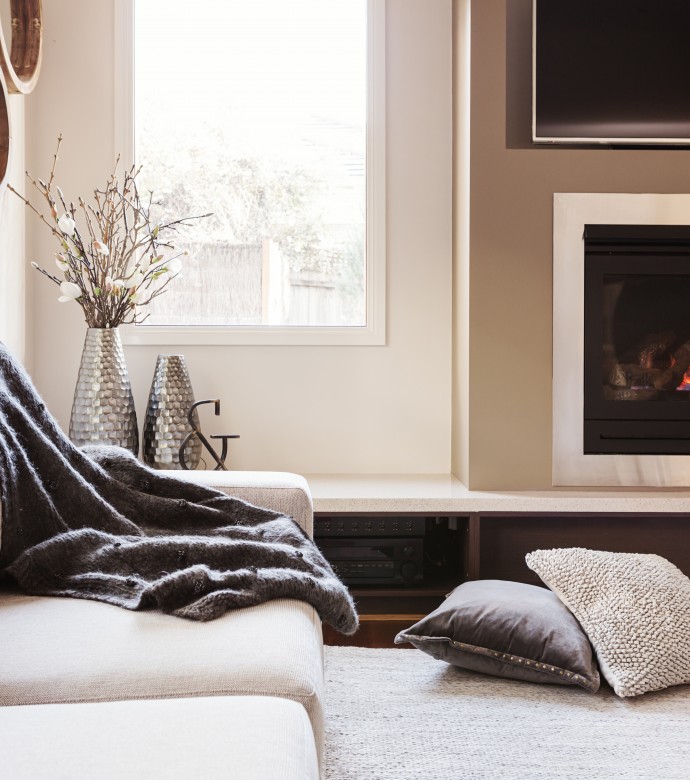
Thermal comfort
Starting your self-build from scratch lets you create an effective and cost-efficient way of heating your home.
Not many self-builders will have imagined their new home without thinking of curling up in a warm cozy home during those long winter nights.
Your aim is to create an optimal temperature using as little energy as possible. This largely boils down to two things – minimising the amount of heat you need and how much energy you use to create it. There are constant innovations in home heating and our handy guide will help you in your journey. As ever, do your research and pick the brain of your contractor.
Why is thermal comfort important?
Thermal comfort is a concept that ties together the physical and psychological importance of a properly heated home. A cold home increases the risks of cardiovascular, respiratory and rheumatoid diseases as well as worsening mental health.
How can I make my home warm?
There are several products that reduce heat loss, such as plasters and plasterboards, smart membranes to improve airtightness and manage moisture, renders that insulate and provide weather defence, and glazing that lets the sun in.

What factors affect heat in your new home?
There are four main areas to take into account to achieve thermal comfort.
- Insulation – Insulating the building and using thermally-efficient windows reduces heat loss in winter.
- Airtightness and ventilation – An airtight structure combined with natural or mechanical ventilation can control the indoor thermal environment by managing air exchanges with the outside.
- Thermal inertia – This concerns the materials used to construct the building, such as brick, stone or wood, and has an impact on how quickly changes in the weather are felt.
- Solar gain – A building's design can control how much heat from the sun (solar gain) is allowed to enter into the building by taking into account its overall shape, the direction the home is facing, the number and size of windows and the ability of surfaces to reflect heat.
What heating system should I install?

A basic heating system in a new house is comprised of a gas-fired boiler, emitter and hot water storage.
However, many self-build homes are not on the mains gas network and require a stand-alone gas, LPG or oil system.
There are also renewable energy systems such as biomass boilers and stoves, heat pumps, and solar hot water.
There are some financial incentives in ensuring your home is energy efficient and has renewable energy technology.
For more information, visit: www.yougen.co.uk



